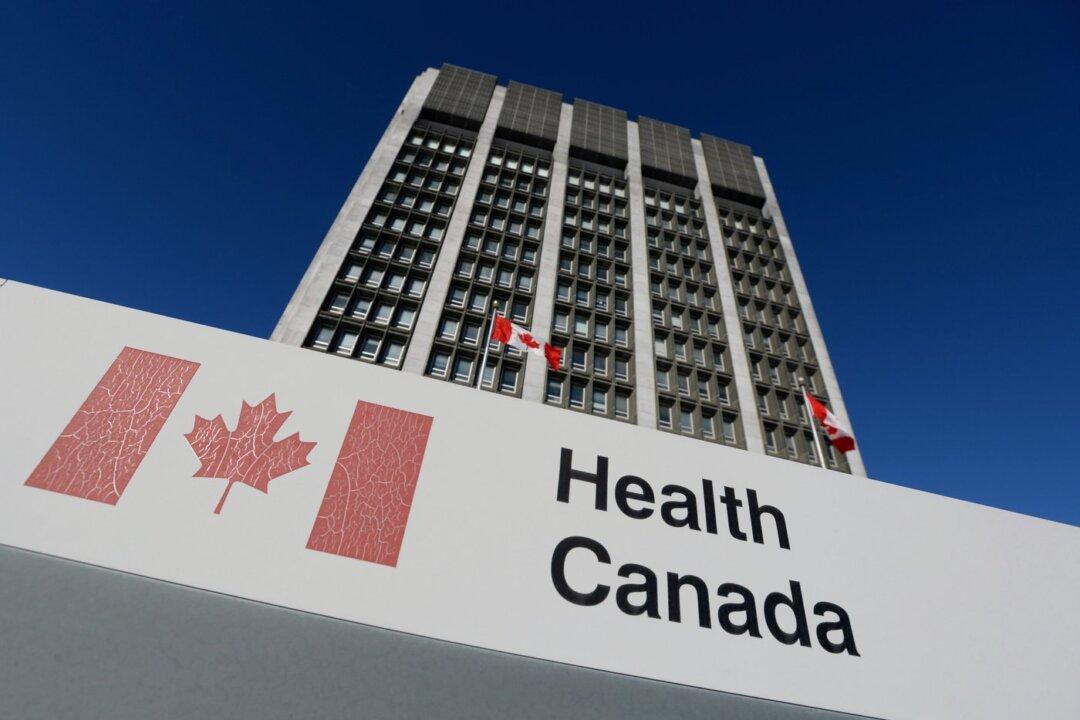Federal health authorities provided an update on COVID-19 on Friday, in the midst of worries about the spread of monkeypox, and encouraged individuals to maintain personal measures as a downward trend in disease activity is observed.
“Though SARS-CoV-2 is still circulating across the country, COVID-19 disease activity indicators—including daily case counts, lab test positivity, and wastewater signals—are continuing to decline. Currently, hospitalizations remain elevated and variable, but there are signs that severe illness trends are declining as well,” said Chief Public Health Officer Dr. Theresa Tam during a routine virtual briefing.
Tam said that with provinces and territories lifting restrictions, not only have COVID-19 transmission rates rebounded, but also those of influenza, which she says has reached “seasonal threshold,” something abnormal for this time of year.
The federal government is moving much slower than other jurisdictions in lifting restrictions, but it announced this week the easing of rules in the workplace.
Despite this announcement and other jurisdictions dropping mask mandates, Tam still encourages people to wear masks.
“The more people who maintain masking in indoor public spaces or crowded areas, the better they will work to reduce overall transmission of respiratory diseases,” she said.
Tam also warned of an uptick in transmission due to social gatherings over the long weekend and recommended “lower risk activities and settings.”
The chief public health officer also said she is monitoring for the evolution of new variants and new surges that could occur, “particularly in under-vaccinated populations.”
Along that line, Tam continued to promote increasing vaccine coverage, “even though it may not be as effective against transmission. Thus far, we see that vaccines provide good protection against serious consequences.”
She said that a vaccine booster does “boost your vaccine effectiveness against infection and transmission, but that wanes over time.”




